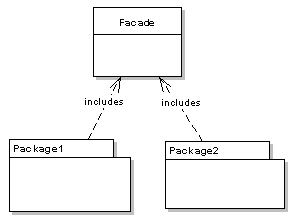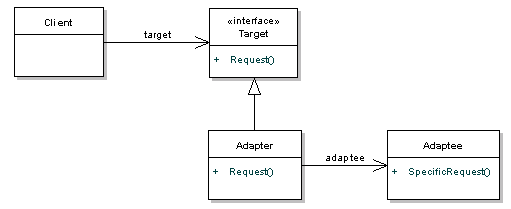Last week, I wrote my blog on Code Reviews. This week I am writing about how much time we should be spending during Code Reviews. I found an interesting article titled “Don’t Waste Time on Code Reviews” on DZone written by Jim Bird.
According to the article, research shows that reviewers find far more maintainability issues than defects (a ratio of 75:25) and spend more time on code clarity and understandability problems than correctness issues. There are a few reasons for this. Finding bugs in code is hard. Finding bugs in someone else’s code is even harder. In many cases, reviewers don’t know enough to find material bugs or offer meaningful insight on how to solve problems. Or they don’t have time to do a good job. So they cherry pick easy code clarity issues like poor naming or formatting inconsistencies. But even experienced and serious reviewers can get caught up in what at first seem to be minor issues about naming or formatting, because they need to understand the code before they can find bugs, and code that is unnecessarily hard to read gets in the way and distracts them from more important issues.
Code reviews add to the cost of development, and if you don’t do them right they can destroy productivity and alienate the team. But they are also an important way to find bugs and for developers to help each other to write better code. So do them right. Don’t waste time on meetings and moderators and paper work. Do reviews early and often. Keep the feedback loops as tight as possible. Ask everyone to take reviews seriously – developers and reviewers. No rubber stamping, or letting each other off of the hook. Make reviews simple, but not sloppy. Ask the reviewers to focus on what really matters: correctness issues, and things that make the code harder to understand and harder to maintain. Don’t waste time arguing about formatting or style. Make sure that you always review high risk code and high risk changes. Get the best people available to do the job – when it comes to reviewers, quality is much more important than quantity. Remember that code reviews are only one part of a quality program. Instead of asking more people to review code, you will get more value by putting time into design reviews or writing better testing tools or better tests. A code review is a terrible thing to waste.
I would say that the title was somewhat misleading though. I wish the title was less misleading, though – it’s easy to read as “Don’t do code reviews,” which isn’t what the post was saying. I think the title was either poorly worded or it was written that way intentionally as click bait. I think a better title would have been “Don’t Waste Time During Code Reviews”. I was spending lots of time reviewing code that a static code review tools can do. Form now, I would rather use tools like FindBugs and PMD which uses static analysis to look for bugs.
Source: https://dzone.com/articles/dont-waste-time-code-reviews
From the blog CS@Worcester – Not just another CS blog by osworup007 and used with permission of the author. All other rights reserved by the author.


